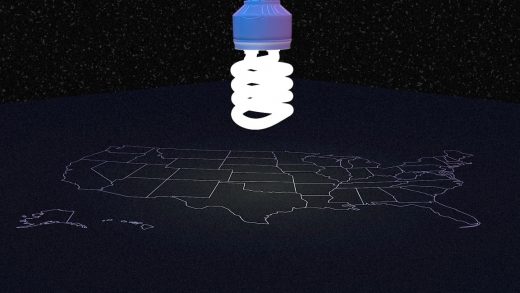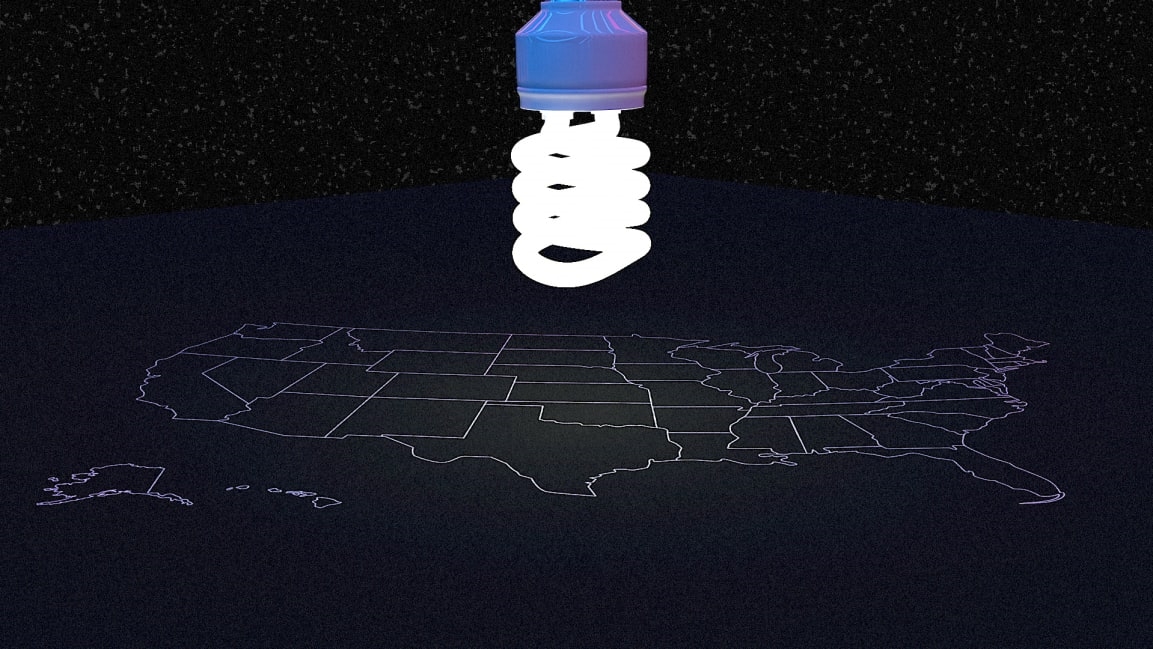These are the 10 most energy efficient states in the U.S.
For the ninth year in a row, Massachusetts ranks as the most energy efficient state.
The state got 44.5 out of 50 points in the 2019 State Energy Efficiency Scorecard, a report released for the past 13 years by the American Council for an Energy Efficient Economy. California falls closely behind with a score of 43.5, while the remaining top 10 states include Rhode Island, Vermont, New York, Connecticut, Maryland, Minnesota, Oregon, and Washington, in that order.
Energy efficiency isn’t just a way for people to save money on the electric bill; it’s also a large step toward fighting climate change. The ACEEE estimates that better efficiency alone could cut greenhouse gas emissions by 50% by 2050. But the money off the electric bill is also helpful, and the same efficiency upgrades would deliver more than $700 billion in energy savings in the same time frame.
The scorecard looks at six different areas in which states can be saving energy. First, there’s utility and public benefits, an area were Northeastern states like Massachusetts, Rhode Island, and Vermont excel. All three’s electricity savings are the highest in the country.
Then there’s transportation, where California has long been a leader, with emissions standards higher than those of the federal government (and which the Trump administration is now trying to roll back). Creating energy efficient policies also factors into the mix, with Nebraska excelling in terms of building codes—having previously failed to update its codes since 2009, the state now has the strongest in the Midwest.
Over the years ACEEE has been issuing this scorecard, “utility savings overall have ramped up,” says lead author, Weston Berg, a senior research analyst at the ACEEE. “Right now, about half of states have energy efficiency resource standards.”
The ACEEE also scored based on combined heating and power use, state government initiatives, and whether appliances meet efficiency standards. Hawaii, Colorado, Washington, and Nevada all enacted new laws aimed at holding appliance and light bulb companies accountable to more stringent energy standards.
Lowest on the scorecard are North Dakota, with just five out of 50 points, and Wyoming, with only 4.5 points. “Usually, states at the bottom haven’t set standards for utilities to meet for reducing energy waste,” says Berg. This doesn’t mean Wyoming and North Dakota are responsible for the most toxic emissions, just that unlike Massachusetts and California, they haven’t been working towards energy efficiency for years. “The political interest hasn’t been there,” says Berg, in most low-scoring states.
Overall, states have been working harder to meet energy efficiency goals. “Nevada, New Mexico, Washington, New York, and Maine all passed 100% clean energy goals coupled with plans to ramp up efficiency investment,” Berg writes at the start of the Scorecard report. Meanwhile, California, Washington, Colorado, Hawaii, and Nevada all passed legislation to protect against federal plans to roll back light bulb efficiency standards.
As the Trump administration attempts to undo former federal efficiency standards for light bulbs and car emissions, a backlash to these changes has had to take place at the state level. “This year, we’re seeing states really step up to fill the void,” Berg says.
(9)



